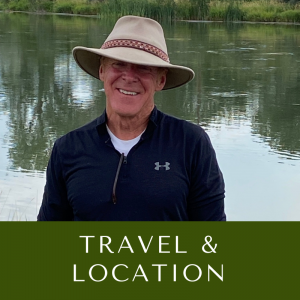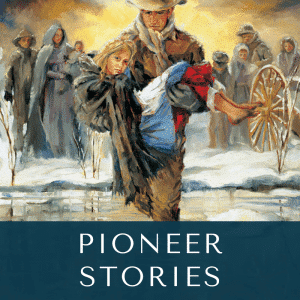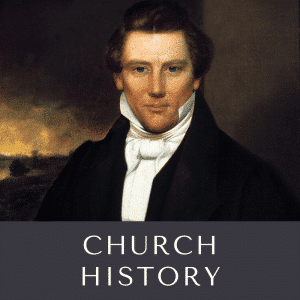Description
She May Have My Place
The year was 1850 and missionaries came to the home of William and Ellen in northern Scotland. It wasn’t long before William and Ellen believed and were baptized. Evidently, William demonstrated remarkable commitment to his newfound faith. He was ordained an elder and earned for himself the nickname “The Black Minister.”
In time, they desired to emigrate to Zion. They made arrangements for a ship and sold all their goods. Just before they were to leave, some of the children contracted measles and the voyage had to be postponed.
A friend came to William and persuaded him to let him have the money he had received from the sale of the farm. He would take the money and sail for New York. He promised that when William arrived in New York, the money would be waiting for him. William trusted and agreed.
It was May 4, 1856, when William, Ellen, and their five children left Liverpool bound for New York. Forty-one days later they landed at Castle Gardens, New York. To their dismay, neither the friend nor the money was waiting for them. He had absconded with the funds they so desperately needed to make the journey to Iowa City and on across the plains.
Now stranded, they had no choice but to go to work and earn enough money to make the journey. It took two years, but finally they were able to make it to Iowa and then to Florence, Nebraska where they were assigned to the company of Captain James Brown.
On the eve of departure, Captain Brown announced that there was a widow in the company too ill to walk. She also had a small child. Could anyone take her in their wagon and provide for her across the plains. William had planned to have Ellen ride in the wagon. He said nothing. That night he went back and related the plight of the widow to Ellen who answered immediately:
“You go right back and tell her that she may have my place!”
William did and Ellen gave up her place in the wagon and walked the 1000 miles to Salt Lake City.
It is miraculous and astonishing at times how the Almighty takes the unfortunate and tragic happenings in our lives and turns them into great blessings. For you see, most of the immigrants who sailed on the Thornton in May of 1856 went on to Iowa City and became a part of the tragedy and suffering that was the journey of the Willie Handcart Company.
Years later, William and Ellen’s grandson would attribute all that he was and became to them. William and Ellen were William and Ellen Oman McKay. Their grandson—President David O. McKay.
Source:
Llewelyn R. McKay, Home Memories of President David O. McKay, (Salt Lake City, Deseret Book, 1956) p. 18-20.














